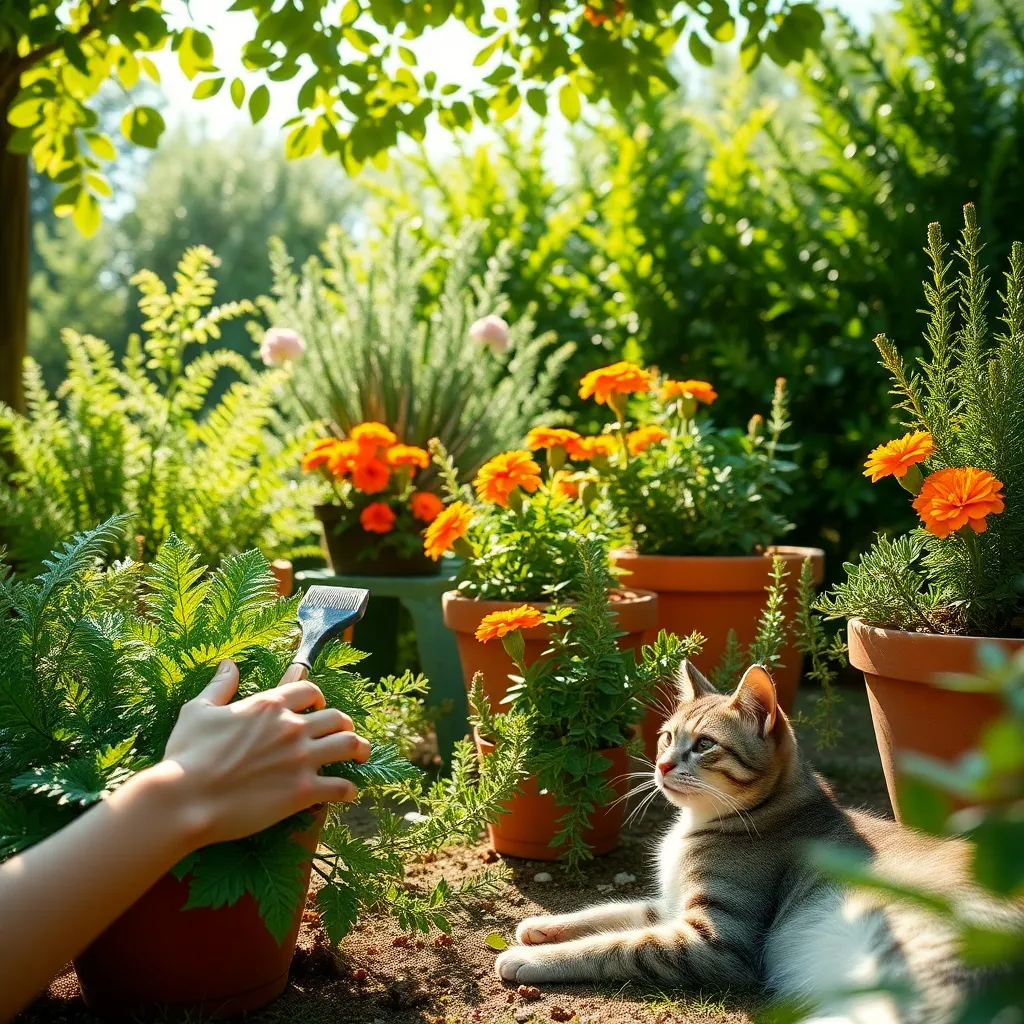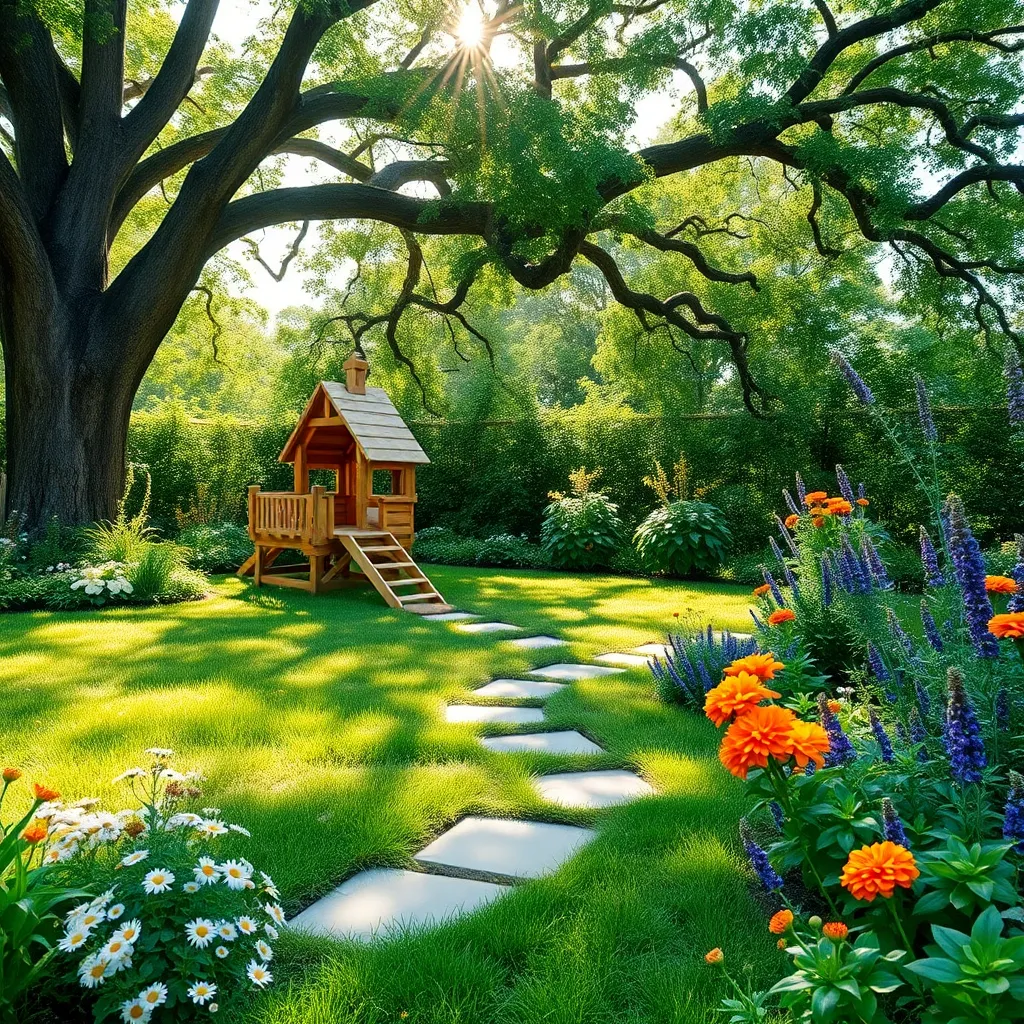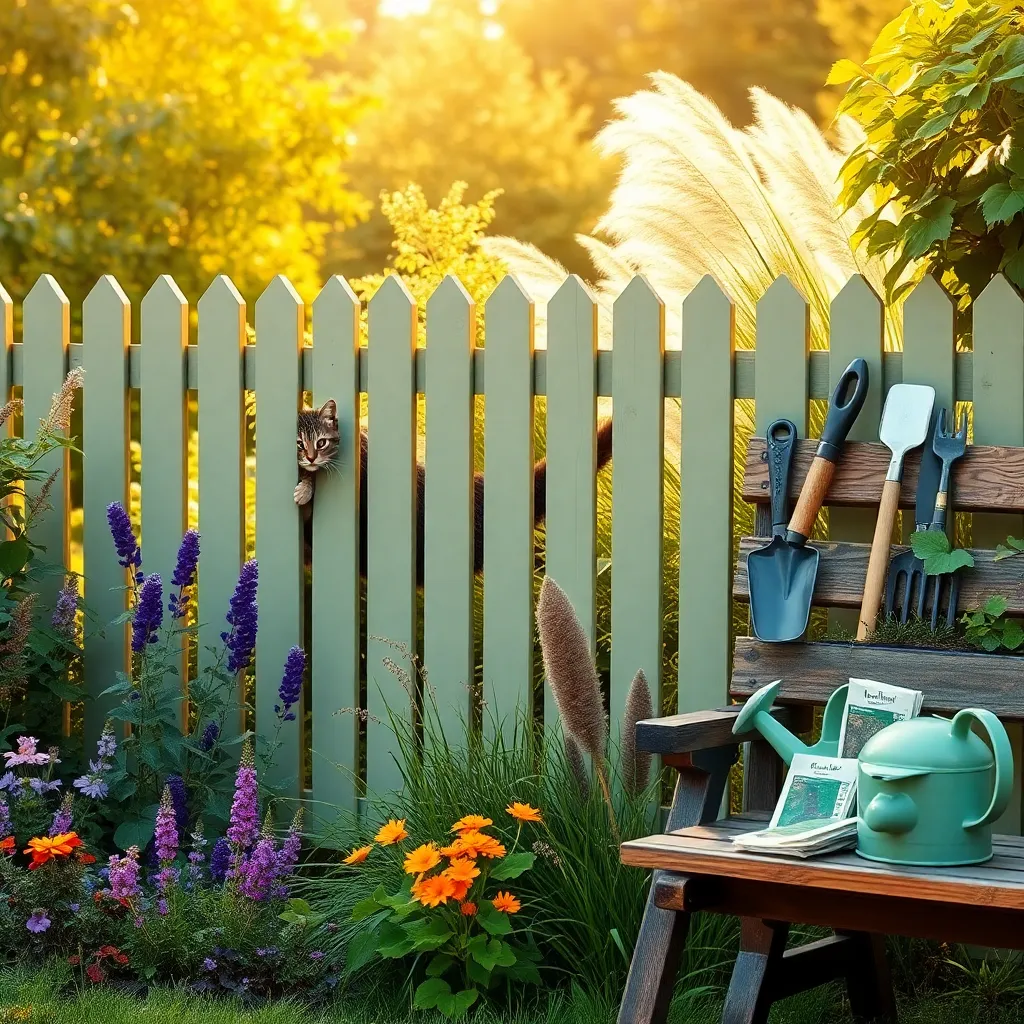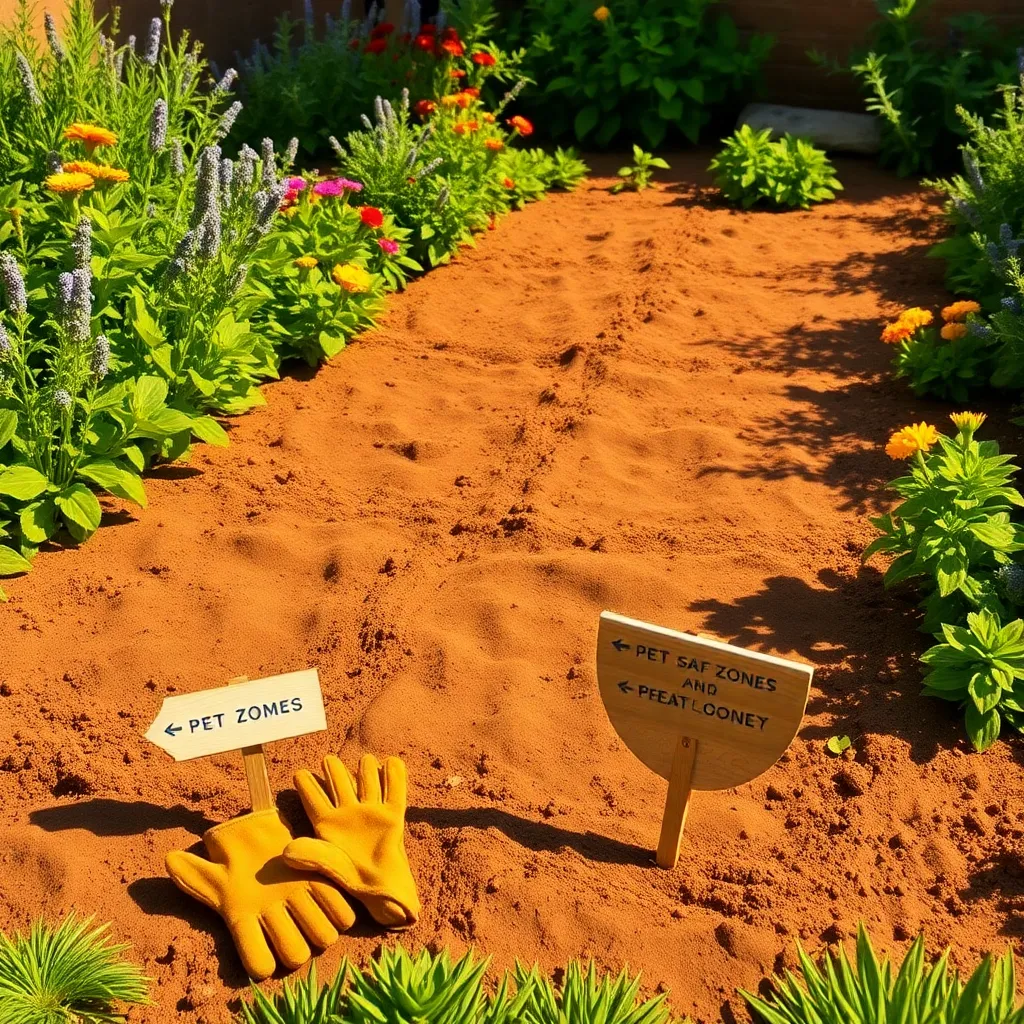Gardening is a cherished pastime that brings joy and tranquility to many, but for those of us with furry companions, ensuring our gardens are safe and inviting for pets adds an extra layer of consideration and care. Whether you’re a green-thumbed enthusiast or just starting your gardening journey, making your outdoor space more pet-friendly can enhance the harmony in your home and create a delightful haven for both plants and pets alike.
Understanding the importance of a pet-friendly garden is crucial, as it allows your beloved animals to explore and enjoy the outdoors without the risk of harm or distress. In this article, you’ll discover practical strategies and creative ideas to transform your garden into a safe, stimulating, and serene environment for your four-legged friends. From selecting non-toxic plants to designing interactive play areas, you’ll find inspiration to make your garden a shared paradise that nurtures both flora and fauna.
Select Non-Toxic Plants

Creating a pet-friendly garden starts with selecting plants that are safe and non-toxic for your furry companions. Consider incorporating plants such as marigolds, which are not only beautiful but also known to deter pests naturally.
Pothos, while popular, is toxic to pets, so opt for alternatives like the spider plant, which thrives in indirect light and requires watering when the soil feels dry. If you’re looking for ground cover, try growing sweet potato vines, which are safe for pets and flourish in well-drained soil with ample sunlight.
Herbs such as basil and rosemary are great choices for pet-friendly gardens, offering both culinary and ornamental benefits. Plant them in a sunny spot with soil that retains some moisture but drains well to prevent root rot.
Advanced gardeners might consider growing catnip for feline friends, which can be cultivated in pots or garden beds with rich, loamy soil. Be mindful to keep these plants pruned to encourage bushier growth and prevent them from overtaking other areas.
Create Safe Play Areas

Creating safe play areas in your garden is essential for ensuring your pets have a fun, hazard-free space to enjoy. Start by designating specific zones where your pets can roam freely, away from delicate plants or garden structures.
Use materials like pea gravel, wood chips, or rubber mulch to cover the ground in play areas, as these are gentle on paws and easy to maintain. Avoid using cocoa mulch or sharp-edged stones, which can be harmful to pets.
For added safety, consider installing pet-friendly fencing around the designated play areas to prevent escapes and keep your pets secure. Fencing should be tall enough to deter jumping and have no sharp edges that might cause injury.
In addition to ground cover and fencing, provide shaded areas to protect your pets from harsh sunlight, especially during summer months. Planting fast-growing, non-toxic trees or installing a small canopy can offer the necessary shade and keep the play area cool.
Install Pet-Proof Fencing

To maintain a harmonious garden space while ensuring your pets are safe, installing pet-proof fencing is a must. Choose a fencing material that is both durable and tall enough to prevent jumping or digging by your pets. Consider using materials like chain-link or wood, which provide both strength and visibility, allowing your pets to enjoy the view while staying secure.
It’s important to set your fence deep enough into the ground to deter digging behaviors. A depth of around 12 inches is typically effective for most pets, preventing them from escaping or damaging your garden beds. This depth also provides added stability to your fence, ensuring it remains sturdy against any playful nudges or attempts to burrow.
For those with smaller pets, adding a layer of mesh at the bottom of your fence can provide extra security. This additional layer prevents smaller animals from squeezing through gaps and can be easily attached to existing fences. This is particularly useful for gardens with small dogs or adventurous cats.
Regularly inspect your fencing for any signs of wear or weakness, as this will help maintain its effectiveness. Check for loose panels, rust, or any gaps that may have formed over time. Timely repairs will keep your fencing in top condition and ensure your garden remains a safe haven for pets.
Designate Digging Zones

Creating designated digging zones is an excellent way to satisfy your pet’s natural instincts while protecting your garden. Start by identifying a specific area in your garden where your pet can dig freely without causing harm to your plants.
Incorporate soft, loose soil that encourages digging and is gentle on your pet’s paws. You might consider using a mix of sand and soil to enhance the digging experience while ensuring good drainage.
To attract your pet to this area, bury toys or treats just beneath the surface. This not only makes the digging zone more appealing but also keeps your pet engaged and less likely to dig elsewhere.
For more advanced pet owners, consider building a small sandbox specifically for your pet’s digging pleasure. Ensure it’s well-constructed with sturdy sides and a base that allows for drainage, preventing water accumulation.
Incorporate Shaded Rest Spots

Creating shaded rest spots in your garden is a wonderful way to ensure your pets have a cool retreat during sunny days. Strategically place these areas under trees or use structures like pergolas to offer consistent shade without disrupting the garden’s aesthetic.
To enhance the comfort of shaded areas, consider planting dense, low-maintenance shrubs like hydrangeas or camellias. These plants not only provide additional cooling but also add lush greenery and vibrant blooms, making the space inviting and serene.
It’s crucial to choose plants that thrive in partial shade, such as hostas or ferns, which can withstand less sunlight while maintaining their beauty. Ensure the soil is well-draining, as shaded areas can retain moisture longer, potentially leading to root rot if not managed properly.
For a more advanced touch, installing a drip irrigation system can help maintain the right moisture levels in shaded areas without overwatering. This system is particularly beneficial during dry spells, providing consistent hydration without saturating the soil.
Conclusion: Growing Success with These Plants
In your journey to create a pet-friendly garden, you’ve discovered the importance of understanding your pet’s needs, designing safe pathways, choosing non-toxic plants, providing stimulating play areas, and incorporating secure boundaries. These key elements not only enhance the safety and enjoyment of your garden for your beloved pets but also strengthen the bond you share with them. As a next step, I encourage you to walk through your garden and identify one immediate change you can make—perhaps introducing a new pet-safe plant or securing a potential escape route.
Your efforts today lay the foundation for a thriving, joyful relationship with your furry friends, where every moment spent outdoors is both safe and enriching. To ensure these insights are always within reach, take a moment now to bookmark this article. This way, you’ll have a handy reference as you continue to adapt and grow your garden in harmony with your pets’ evolving needs.
Remember, nurturing these relationships not only enhances your pet’s happiness but also enriches your life in immeasurable ways. Here’s to a flourishing garden and an even more fulfilling relationship with your pets!







